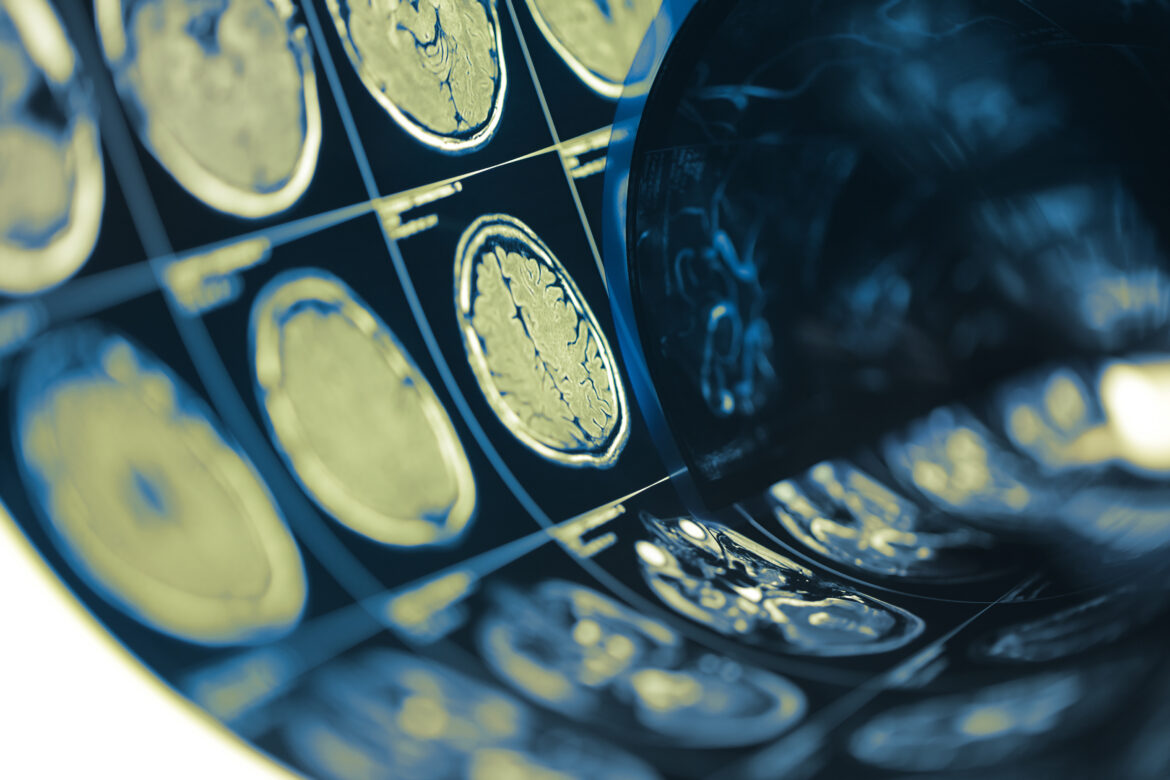Introduction
Traumatic brain injury (TBI) remains a significant public health concern, affecting millions globally each year. While severe TBIs often garner immediate medical attention, the subtler impacts of mild TBIs, or concussions, can lead to long-term cognitive and neurological issues. Recent research has delved deeper into the biomechanics of the brain, particularly focusing on how white matter (WM) fiber tracts deform under various conditions. Understanding these deformations is crucial for developing better protective measures and therapeutic interventions.Liebert Publications+3Liebert Publications+3Liebert Publications+3Liebert Publications
The Importance of White Matter in Brain Function
White matter consists of myelinated axons that facilitate communication between different brain regions. These fiber tracts are essential for efficient neural signaling and overall brain function. Damage or deformation to these tracts can disrupt neural communication, leading to cognitive deficits, motor impairments, and other neurological issues.
Mechanics of White Matter Deformation
The brain’s response to mechanical forces involves complex interactions between its various tissues. When subjected to external forces, such as during a head impact, the brain experiences strains that can lead to deformation of its structures. Recent studies have utilized advanced imaging techniques, like tagged magnetic resonance imaging (tMRI) and diffusion tensor imaging (DTI), to measure these deformations in vivo.
One key finding from these studies is that white matter fiber tracts deform most significantly in the direction perpendicular to their orientation. This perpendicular deformation, or tract-perpendicular normal strain, was consistently higher than other types of strain measured, including tract-oriented normal strain and shear strains. This suggests that the orientation of fiber tracts plays a crucial role in how they respond to mechanical forces.
Implications for Head Loading Modes
Different types of head movements and impacts can result in varying patterns of strain within the brain. For instance, neck rotations and neck extensions produce distinct strain distributions in white matter regions. Studies have shown that neck rotations tend to cause more asymmetric strain patterns, while neck extensions result in more symmetric distributions.These differences highlight the importance of understanding specific head loading modes when assessing the risk and potential damage from head impacts.Liebert Publications+1Liebert Publications+1
Advancements in Imaging Techniques
The use of tMRI and DTI has revolutionized our ability to study brain mechanics. tMRI allows for the visualization of internal tissue deformations over time, while DTI provides information on the orientation and integrity of white matter tracts. By combining these techniques, researchers can obtain a comprehensive view of how mechanical forces affect the brain’s internal structures.Liebert Publications
These imaging advancements have also enabled the development of computational models that simulate brain responses to various forces. Such models are invaluable for predicting injury outcomes and designing protective equipment.Liebert Publications
Applications in Injury Prevention and Treatment
Understanding the specific patterns of white matter deformation has direct applications in both preventing and treating TBIs. For prevention, insights into how different movements and impacts affect the brain can inform the design of helmets and other protective gear. For treatment, recognizing the areas of the brain most susceptible to strain can guide rehabilitation strategies and therapeutic interventions.
Moreover, this knowledge can aid in developing guidelines for safe movement practices in sports and other activities, potentially reducing the incidence of concussions and other brain injuries.Liebert Publications+5Liebert Publications+5Liebert Publications+5
Future Directions in Research
While significant progress has been made in understanding white matter deformation, there is still much to learn. Future research aims to explore the long-term effects of repeated sub-concussive impacts, the role of individual variability in brain mechanics, and the development of personalized protective strategies.Liebert Publications+1Liebert Publications+1
Additionally, integrating biomechanical data with clinical outcomes will enhance our ability to predict and manage the consequences of TBIs. As imaging and computational technologies continue to advance, our understanding of brain mechanics will become increasingly precise, leading to better prevention and treatment methods.Liebert Publications
Conclusion
Recent research has shed light on the complex mechanics of white matter deformation in the brain, emphasizing the significance of tract-perpendicular strains. These findings have profound implications for understanding the mechanisms underlying TBIs and developing effective prevention and treatment strategies.

